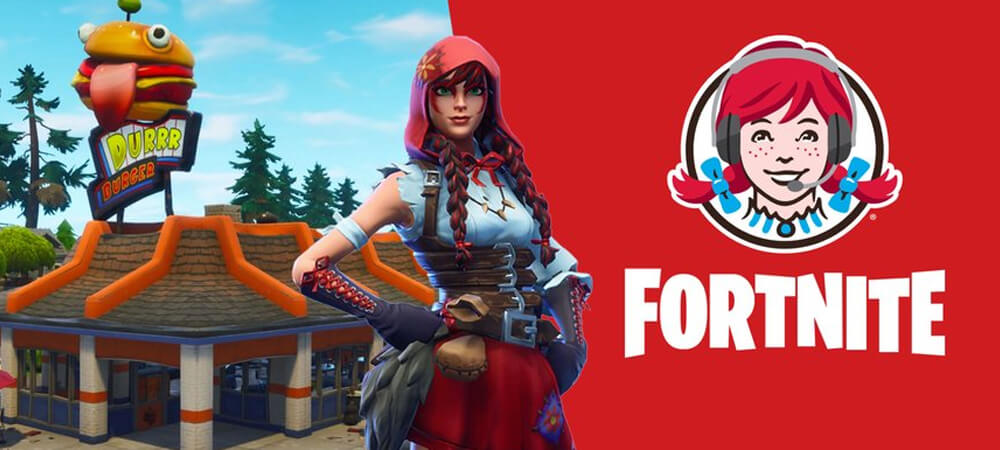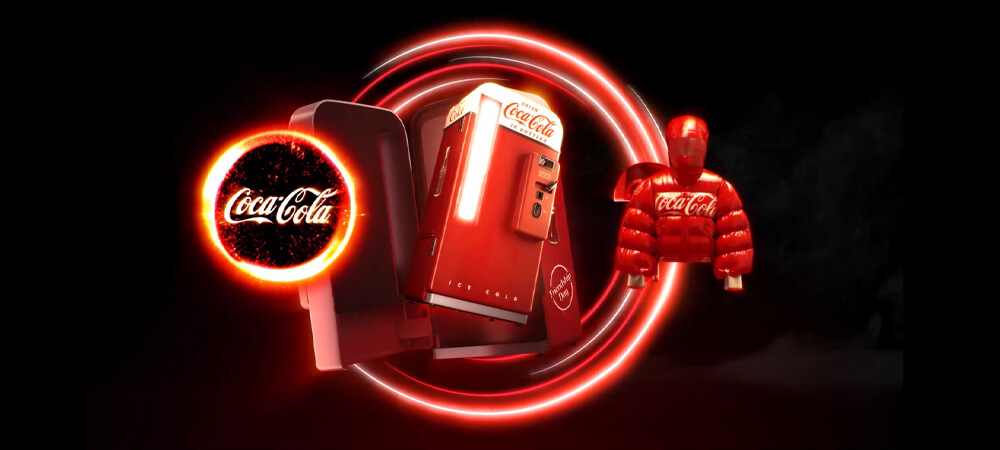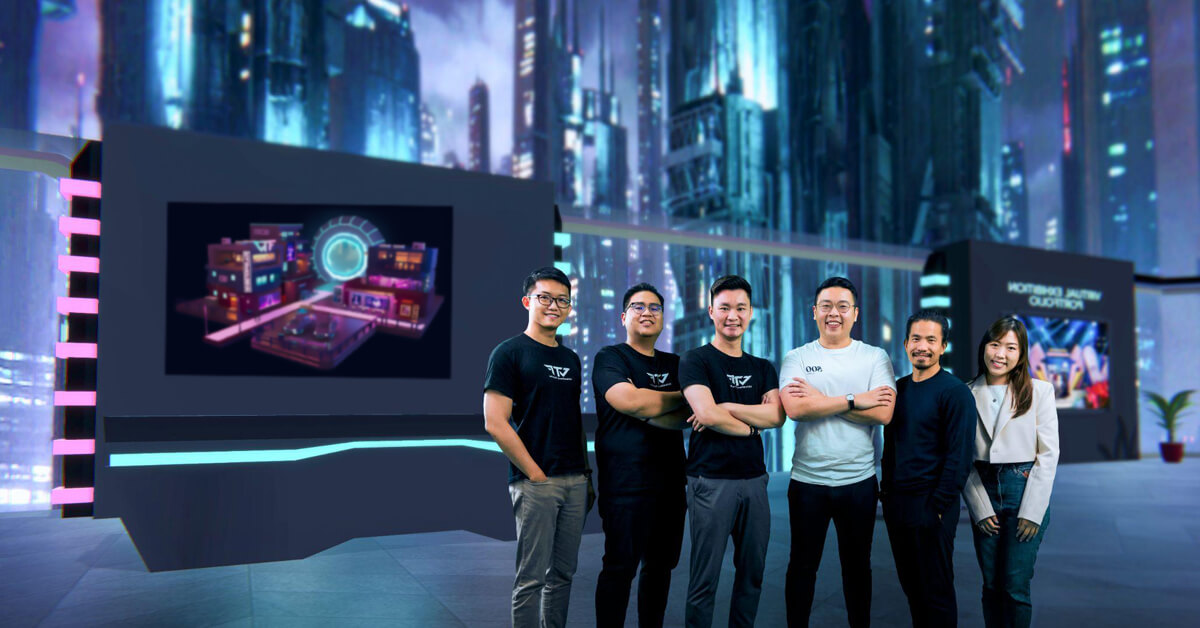Metaverse advertising is a massive industry within the even larger realm of the metaverse. At first glance, it might seem like little more than an extension of advertising found in the offline world. But you’re about to take a deeper look into the subject. What you find may just open your eyes to a whole new facet of the metaverse.
Quick Menu:
- Metaverse Advertising Is a Vital Part of This New Virtual World
- Why Metaverse Advertising Is The Next Step for Your Marketing Strategy
- Types of Metaverse Advertising
- Real-World Examples of Metaverse Advertising
- More Examples of Metaverse Advertising
- Metaverse Advertising: Concerns & Challenges
Metaverse Advertising Is a Vital Part of This New Virtual World
Before delving into metaverse advertising, you need to understand the metaverse itself. Metaverse companies have created several ways to access the platform. For example, augmented reality (AR) brings digital entities into the offline world. This is typically done through the use of AR apps on smartphones. Meanwhile, you can go in the other direction and take yourself into the digital realm with virtual reality. A VR headset fully replaces your view of the physical world and opens you up to the digital. But all of these examples and other forms of metaverse access come about through a merger of offline and online elements.
And this is the underlying deeper metaverse meaning. The metaverse is what happens when you mix the physical and digital worlds. With an emphasis on one aspect over the other creating different variations on the overall experience. Even better, it’s a social experience where you can enjoy the metaverse with friends. And because it’s persistent, all of your experiences will leave a lasting impression on the metaverse. You can learn even more about the full nature of the metaverse in the article “Metaverse Guide; Understanding The Basics Will Open Up a New World”.
Why Metaverse Advertising Is The Next Step for Your Marketing Strategy
The metaverse is a merger of the online and offline worlds. But there is one additional component of that merger – you. The metaverse is a highly personalized experience where your core identity is manifested as a metaverse avatar. Likewise, it’s a world where almost any experience is possible. It’s the ultimate in personal expression. And it’s also the ultimate frontier for marketing. Metaverse advertising leverages the fact that the platform combines immersion, connectivity, and personalization.
There’s little wonder that the metaverse is widely considered a trillion-dollar market. Some of the biggest brands already have solid investments in the metaverse. This includes Ralph Lauren, Gucci, and Louis Vuitton. These early pioneers into the metaverse also see an impressive return on their investment. The metaverse is evolving new methods of brand experimentation that will let people try out and buy outfits, products, and new looks without ever leaving home.
Types of Metaverse Advertising
The new frontier of the metaverse means that companies are free to try out various innovative new ideas. But with that in mind, a few methods of metaverse advertising have already become standard approaches to the subject. The following examples are some of the most successful and easily emulated forms of metaverse marketing.
Interactive Events in Metaverse Virtual Worlds
Many companies use interactive virtual events as a form of metaverse advertising. There’s often built-in publicity from metaverse news sources covering an event. And it’s easy to branch into multiple platforms to see which is the best fit. Right now, Meta’s Horizon Worlds, Decentraland, Fortnite, Roblox, and even Minecraft have seen good results as event-based advertising platforms. However, finding a good fit is an essential part of the process. You must match the brand, product, event, and in-platform community together in the most immersive way possible. Successful metaverse marketing is built on experiences that are fun for the participants.
Product Testing and Trying
The idea of “try before you buy” is a well-established marketing technique. It establishes a link between the brand and the customer, allowing people to see what the product can do for them. The practice turns passive marketing into a dynamic experience. And experience is what metaverse advertising is all about. Imagine seeing your appearance with a new outfit by trying it on in the metaverse. You could even don a reasonably priced VR headset like the Meta Quest and really feel what it’s like to drive a car you’re interested in.
Create Collectibles
Collectibles are a great way to draw attention to your brand. There’s something fundamentally appealing about the idea of collecting things. And this even extends to digital collections within the metaverse. Metaverse advertising focusing on digital collectibles can use NFT crypto technologies to create true one-of-a-kind items and exclusivity. And virtual goods are already a hot item in the metaverse, with a current direct-to-avatar market value of $54 billion. Just as the Internet brought online-to-offline sales conversion, so will the metaverse bring metaverse-to-offline possibilities. Advances in metaverse crypto and related technologies highlight just how fast this market can grow.
Engage with Existing Communities
Remember that metaverse advertising is an active experience. Potential customers are a part of the marketing rather than passive observers. This brings some additional difficulties since companies need to get past people’s initial mistrust of advertising. But some successful campaigns highlight the fact that the key is just working with, rather than against, existing communities. For example, some brands have partnered with the Roblox developer community. This is somewhat analogous to the use of influencers in social media campaigns. The need to cultivate positive buzz in the metaverse is an added hurdle. But it also provides built-in benefits once mastered.
Augmented Reality Marketing
Metaverse advertising is often seen as inherently tethered to expensive hardware. But people often forget that smartphones are metaverse-capable devices that excel with augmented reality. Several companies have already seen great success with metaverse marketing that leverages phone-based AR. The strength of AR rests in how it lets you bring the digital into the physical world. For example, Home Depot uses AR to let people see what rooms would look like with different shades of paint from the store. You can discover other examples of AR marketing in the article “AR Marketing; Top Examples of Augmented Reality Marketing”.
Real-World Examples of Metaverse Advertising
Now that you’ve seen some of the theory of metaverse advertising you’re probably wondering about the practice. How are major brands and companies leveraging the previously discussed techniques to build up solid results in the metaverse? The answer can be found in the following metaverse advertising examples.
Gucci on Roblox
Gucci took its first steps into the Roblox metaverse with temporary events like Gucci Garden. That initial foray into metaverse advertising was so successful that Gucci created a new persistent area in Roblox called Gucci Town. Gucci masterfully blended an immersive town setting with gardens and themes which tie players into the brand. For example, the town setting has mini-games and cafes as a draw.
The central garden links everything together to help guide users to all of the locations within Gucci Town. But users strolling in the area can also buy virtual Gucci gear and see the company’s history on display with vintage handbags and other accessories. It’s a deep dive into both the company’s current products and its larger history. Gucci isn’t just selling items. It’s also establishing a relationship between the person and the brand. Users essentially find themselves walking through a history of the company’s milestones.
Video: Welcome to Gucci Town
Budweiser on Zed Run
Many people have fond memories of drinking Budweiser at horse races. And Budweiser has teamed up with the Zed Run digital horse racing company to bring that experience online. Budweiser’s metaverse advertising begins with an NFT called a Budweiser Pass. This NFT acts as an access ticket to various branded activities. These range from Budweiser’s themed merchandise to the chance to race digital Budweiser Clydesdales. And NFTs are, of course, unique non-copyable items.
Only 2,500 Budweiser Pass NFTs are available. And each falls into specific tiers. 1,600 are classic Clydesdale, 800 have a neon Budweiser sign, and 100 feature a golden glow over Budweiser’s logo. The fact that Budweiser is now the official beer of Zed Run won’t come as a surprise to fans of the company because this is just furthering the initial success of Zed Run’s partnership with Budweiser’s parent company Anheuser-Busch InBev.
Video: Budweiser X ZED RUN
Wendy’s on Fortnite
Fortnite, from Epic Games, is a worldwide phenomenon that mixes free-to-play gaming with the metaverse. Fortnite began as just a game. And, to be sure, it was a trendy game with players of every age group. But over time, the system expanded to become a whole gaming-related metaverse. One that’s been host to everything from movie promotions to star-filled concerts.
It’s little wonder that Wendy’s was eager to establish a metaverse advertising presence within the Fortnite metaverse. And a convergence of desire and potential occurred during an in-game food-focused event. Wendy’s set up a live stream on Twitch and used its social media to announce that fact to the world. The brand set one mission parameter – destroy all freezers at burger restaurants. This stressed that the chain “Doesn’t. Do. Frozen.”. It gained 1.5 million minutes watched and a 119% increase in mentions on social media.

Image attribution: D&AD
Coca-Cola NFTs
Coca-Cola is fairly new to metaverse advertising. But they’re off to a great start with special NFTs from a partnership with Tafi. Tafi is well known for its avatar development, and this expertise can be seen within the Coca-Cola partnership. The team has created special wearable NFT-based jackets for avatars in the Decentraland metaverse.
The NFTs are part of a “Coca-Cola Friendship Box” made to celebrate International Friendship Day. The metaverse advertising campaign also features other goodies in the box. These collectibles include a sound visualizer for memorable moments like soda poured over ice cubes or the sounds made by a bottlecap coming off a cold bottle of Coca-Cola. Other collectibles include special NFT-based friendship cards designed in the style of Coca-Cola’s memorable 1940s-era trading cards. Coca-Cola is even hosting a rooftop party to celebrate the event’s inauguration and the company’s new approach to the metaverse.

Image attribution: Tafi
Walking Dead on SandBox
Robert Kirkman has had fantastic success with his Walking Dead franchise and Skybound Entertainment company. And he’s bringing them into The Sandbox’s metaverse. Skybound Entertainment has created over twenty The Walking Dead assets for The Sandbox Marketplace. Users can grab that gear and enter a special area of The Sandbox where they find an Alexandria in peril.
The walls of Alexandria are rapidly weakening, and the horde of undead is constantly seeking a way in. The walkers have also crowded in front of the city’s vulnerable gates. And sinister machinations are in progress within the town itself. Danger lurks within and without Alexandria in a story that evokes many of the best moments from the franchise’s history. Users are thrust into the action while also witnessing what the Game Maker tools can do. Skybound Entertainment has managed to emphasize the ability of metaverse marketing to engage people fully.
Video: The Walking Dead Comics Join The Sandbox Metaverse
More Examples of Metaverse Advertising
The previous examples of metaverse advertising are undoubtedly impressive. But it’s vitally important to remember just how big and how enticing the metaverse is. Even at this early stage, trying to look at every vital example of metaverse branding is like trying to look at every instance of advertising in the physical world. There are multiple fascinating metaverse campaigns out there, ranging from sportswear and fashion to meals that cover the range between high cuisine and comfort food. You can continue investigating the most significant metaverse marketing campaigns in the article “Top 12 Metaverse Brands Selling Their Products Digitally”.
Metaverse Advertising: Concerns & Challenges
Of course, where there’s an enticing realm of untapped potential, there will also be unprecedented challenges for metaverse advertising that often comes down to the issue of newness. It’s a new frontier where companies can’t work from the same playbooks that offer solid predictive values in the physical world. Metaverse advertising is more of a gamble. With less well-known risks but also much larger rewards. Additionally, there’s also the issue of public access to the metaverse.
The most immersive metaverse experiences require more costly metaverse devices like VR headsets and high-end computers. Limited metaverse access can translate to a more limited audience for metaverse advertising campaigns. Companies also need to put extra work into their own infrastructure. This includes creating platforms but also researching tone and presentation. On top of everything else, companies also need to research new cybersecurity concerns when stepping into the metaverse.
Metaverse advertising does have some new challenges. But the potential is genuinely unprecedented. The metaverse lets you bring your imagination to life and directly connect with your audience. The metaverse is here, and it’s ready for your creative input.
Did You Like This Article About Metaverse Advertising?
You might also be interested in the following articles:
- Metaverse Careers; Click Here to Start Your Metaverse Career
- Roundhill Ball Metaverse ETF; An Extensive Overview
- AR Contact Lenses; Learn About Advanced AR Technology









Leave A Comment